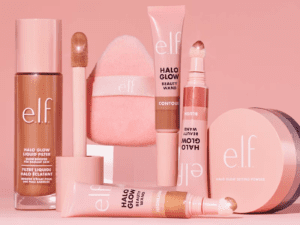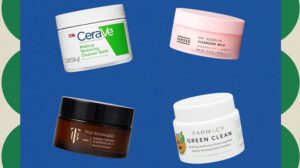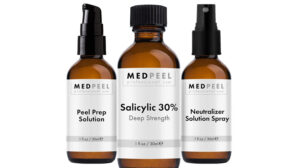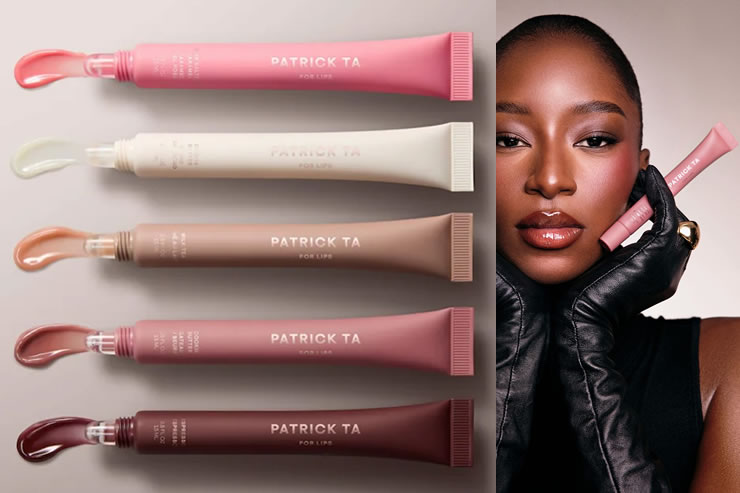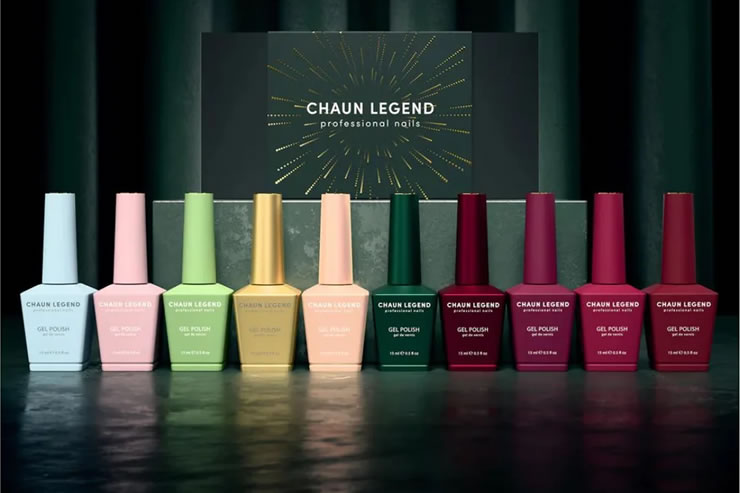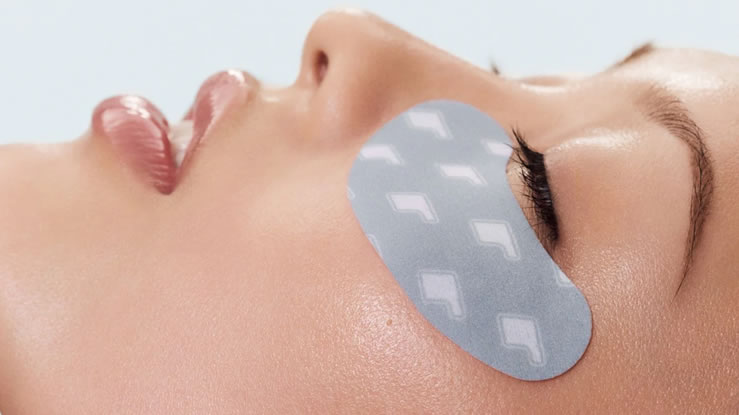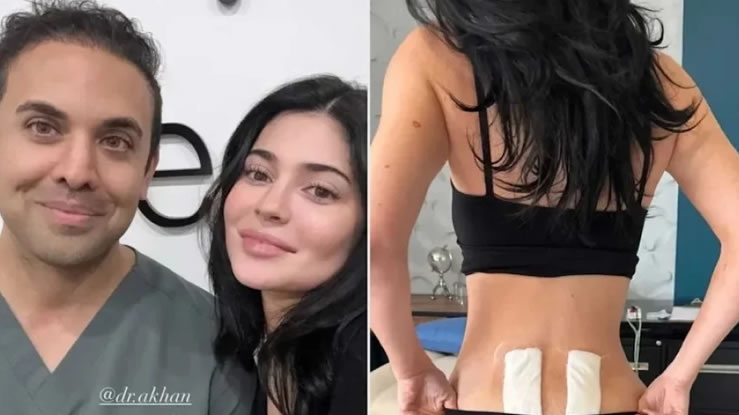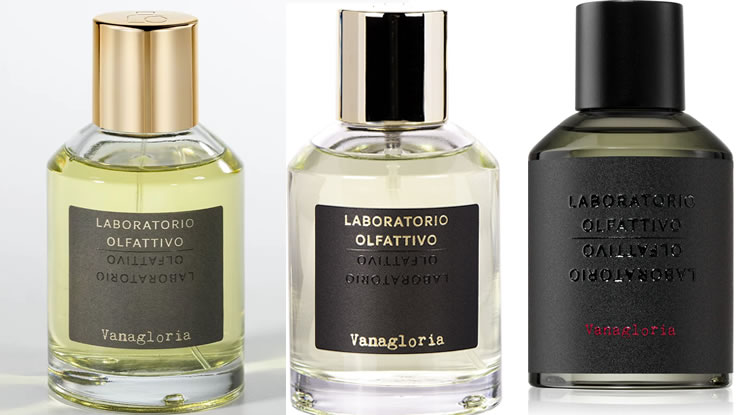In the ever-evolving world of beauty and self-care, nail filler treatments have emerged as one of the most innovative solutions for those seeking perfectly smooth, youthful, and elegant nails. Whether you’re someone struggling with brittle, uneven nail beds or you simply want a polished, healthy-looking finish, nail fillers can transform the look and feel of your hands. But one of the most common questions people ask is: how long does nail filler last? Understanding the longevity of this treatment depends on the type of filler, your lifestyle, nail care routine, and how well you maintain them afterward. Let’s dive deep into everything you need to know about how long nail fillers last, how to make them last longer, and what to expect before and after your treatment.
What Exactly Is a Nail Filler?
Before we talk about longevity, it’s important to understand what nail fillers actually are. Nail fillers are specialized cosmetic treatments designed to improve the appearance and texture of the natural nail plate. Much like dermal fillers used in facial aesthetics, nail fillers are formulated to fill in ridges, cracks, and imperfections, creating a smoother, more youthful surface. These fillers often contain nourishing ingredients such as hyaluronic acid, keratin, collagen, and peptides that strengthen and rejuvenate the nails from within.
Nail fillers are applied as part of a professional manicure session and can be customized depending on individual nail conditions. They can help restore nails damaged by gel or acrylic overuse, frequent polish changes, or natural brittleness caused by dehydration and environmental exposure.
How Long Does Nail Filler Last on Average?
The lifespan of a nail filler typically ranges between 2 to 4 weeks, depending on several factors such as your nail growth rate, aftercare routine, and overall health. Some high-quality nail filler products may last up to 6 weeks when applied professionally and maintained correctly.
Since our nails grow continuously—usually about 3 millimeters per month the filler will gradually move upward as new nail growth occurs. This natural growth cycle is why most people need to have filler touch-ups or reapplications every few weeks to maintain a flawless, even surface.
Factors That Affect Nail Filler Longevity
1. Nail Growth Rate
Nail growth is one of the biggest determinants of how long a filler will last. Faster-growing nails will cause fillers to shift or fade sooner, while slower nail growth allows fillers to remain intact longer. Nail growth can be influenced by factors like diet, hydration, hormonal changes, and genetics.
2. Type of Nail Filler Used
Not all nail fillers are created equal. Some are designed to act as surface smoothers, while others penetrate deeper into the nail for lasting strength and repair. Fillers with stronger bonding agents or gel-like textures tend to last longer. Salon-grade formulas and professional applications generally provide more durable results than over-the-counter options.
3. Aftercare and Maintenance
Proper nail care after a filler treatment greatly impacts longevity. Using cuticle oil, avoiding harsh chemicals, wearing gloves during household chores, and keeping nails moisturized can extend the life of your filler. On the other hand, exposure to excessive water, detergents, or rough handling may cause fillers to wear off faster.
4. Lifestyle and Daily Activities
If your hands are frequently exposed to water, soaps, or manual work—like washing dishes, cleaning, or typing for long hours—the filler may degrade more quickly. A protective routine can go a long way in maintaining your manicure.
5. Professional vs. At-Home Application
Professional nail technicians typically use medical-grade or high-quality filler materials that bond effectively and are applied using specialized tools. At-home treatments, though convenient, may not deliver the same long-lasting results or precision.
Signs That It’s Time for a Refill or Reapplication
You’ll know your nail filler is starting to wear off when:
-
The surface begins to look uneven or dull.
-
Small cracks or ridges reappear.
-
You notice the filler separating near the cuticle area due to nail growth.
-
Nails start feeling weaker or lose their shine.
Most nail experts recommend scheduling follow-up treatments every 3 to 4 weeks to maintain a consistent, polished look.
How to Make Nail Filler Last Longer
1. Keep Nails and Cuticles Moisturized
Hydration is key to maintaining filler longevity. Regularly applying cuticle oil and hand cream helps prevent dryness and cracking, both of which can shorten the filler’s lifespan. Look for oils enriched with vitamin E or jojoba for best results.
2. Avoid Prolonged Water Exposure
Limit contact with water when possible. Prolonged soaking can cause fillers to soften or lift. Wearing gloves while washing dishes or cleaning is a small step that makes a big difference.
3. Use Gentle Nail Products
Opt for non-acetone removers when cleaning off polish. Harsh solvents can break down filler material. Additionally, avoid strong sanitizers or alcohol-heavy solutions on your nails.
4. Schedule Regular Touch-Ups
Instead of waiting until your filler completely fades, schedule regular touch-ups to refresh the surface. This approach keeps your nails looking consistently smooth and glossy.
5. Be Gentle With Your Hands
Avoid using your nails as tools to open packages or scratch surfaces. Even though fillers can strengthen nails, they’re still vulnerable to mechanical damage.
Comparing Nail Fillers to Other Nail Enhancements
Nail fillers differ from gels, acrylics, and nail overlays in that they are primarily restorative rather than decorative. Here’s how they compare:
-
Gel Nails: Last 2–3 weeks but may cause thinning if overused.
-
Acrylic Nails: Very durable but can lead to brittleness over time.
-
Nail Fillers: Designed to repair, smooth, and rejuvenate natural nails while still providing a beautiful finish.
If your goal is healthier, natural-looking nails with added resilience, fillers are a gentler and more natural solution than synthetic overlays.
Can You Combine Nail Fillers With Other Treatments?
Yes, nail fillers can be combined with treatments such as gel polish or strengthening base coats. Many salons apply a thin filler layer before polish to create a smoother canvas and extend polish wear time. However, it’s important to allow your nails some rest periods between treatments to avoid product buildup or over-conditioning.
Are Nail Fillers Safe?
When performed by trained professionals using quality products, nail fillers are completely safe. They are typically non-toxic, hypoallergenic, and formulated with nourishing ingredients. However, individuals with severe nail infections, open wounds, or certain allergies should consult a dermatologist before treatment.
How to Know If Nail Fillers Are Right for You
You might benefit from nail fillers if you experience:
-
Chronic nail ridges or splits
-
Dry, brittle, or peeling nails
-
Nail damage from acrylics or gels
-
Uneven nail texture or discoloration
If your nails are naturally smooth and strong, fillers may not be necessary unless you’re looking for extra shine or polish longevity.
Nail fillers are an incredible innovation in nail care, offering both cosmetic and restorative benefits. On average, they last between 2 to 4 weeks, depending on product type, lifestyle, and maintenance habits. With proper care moisturizing regularly, avoiding harsh chemicals, and scheduling routine touch-ups your fillers can look beautiful for much longer.
This treatment bridges the gap between beauty and wellness, giving your nails the rejuvenation they deserve while maintaining a polished, salon-fresh look. For anyone looking to achieve naturally flawless, smooth nails without the damage associated with other enhancements, nail fillers are a game-changer.


